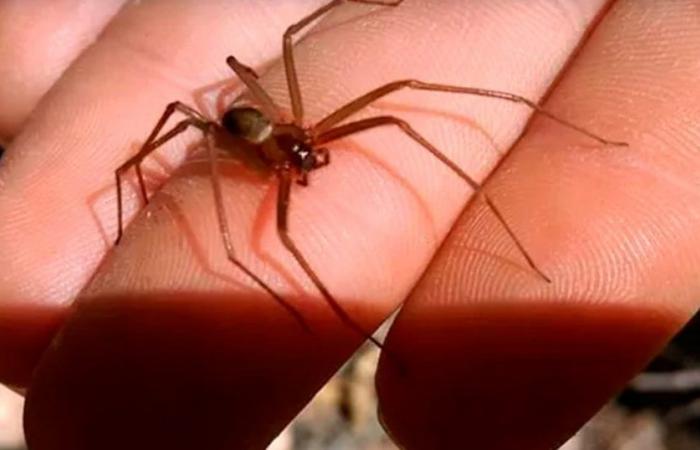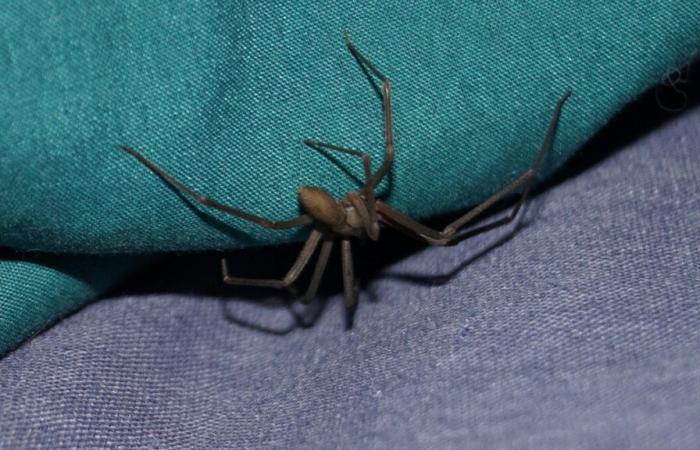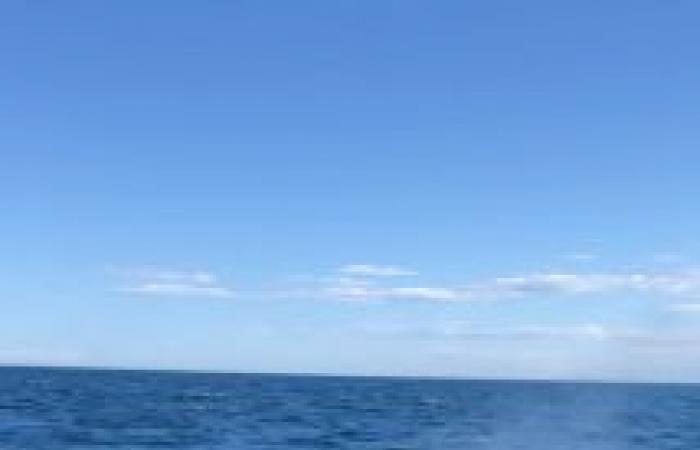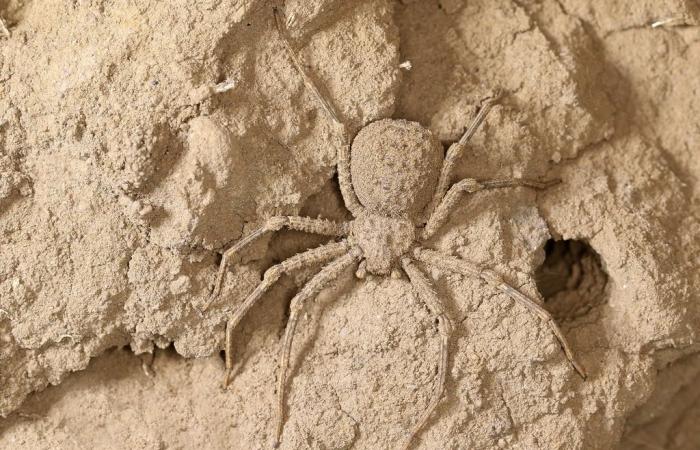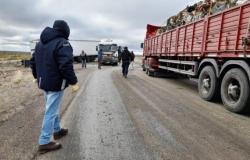In Patagonia, spiders are in the plot of many stories, which revolve around their ability to create webs. But those who know assure that The climatic conditions of the region make species abundant who have other more developed skills. The thing is The force of the wind causes that, in order to survive, there are in greater numbers those that adapt to domestic environments, or the “runner” type.
«They all have the ability to weave, that is one of the things that defines arachnids as a ‘class’, in addition to the fact that they do not have wings or antennas and their 8 articulated legs. But Of the more than 40,000 species that exist in the world, one or another abounds, according to the natural conditions of the place where we live. informed the biologist Mirta Carbajal, who trained in spider morphology and systematics, and, for years, he worked at the Bernardino Rivadavia Argentine Museum of Natural Sciences, which operates in Buenos Aires.
«Taking into account the characteristics of our environments in these dry climate sites It is very common to find two species, one from domestic environments which is the Loxosceles (also known as the violinist or corner spider). And another one called Sicarius (sand spider) that is on beaches or mountains, because its peculiarity is that it buries itself, and thus ‘confuses’ its prey,” commented the expert.
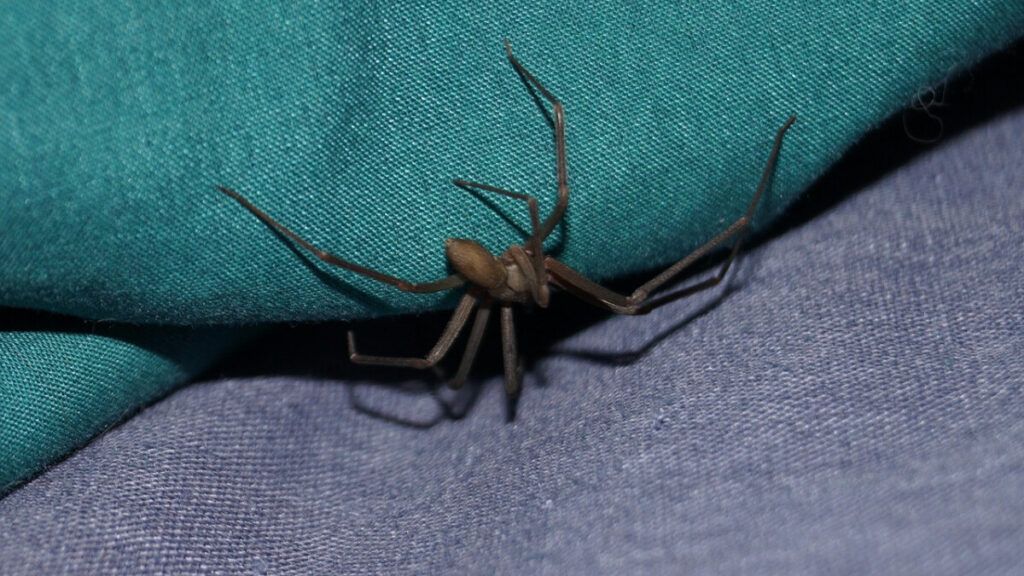
«It is important to know that 99.7% of species have poison. But in most cases this only affects the insects that search for food.. There are some that can affect us, but it is key to understand that spiders are not going to attack us, If they bite us it is because they activated their defense mechanism when they felt affected, generally when we crush them with some part of our body,” he said.
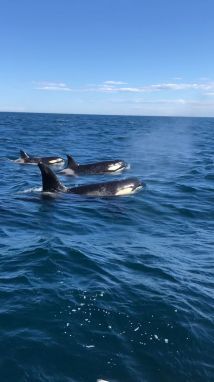
«That is the case of the Loxosceles spider. It is not very striking, it is usually medium-sized and brownish. It can have eight eyes or six distributed in pairs., but this is something that only an expert can appreciate. They live in dark places, close to the ground, although they can also appear inside a closet. Generally they are ‘corners’ (hence their common name) or places that one does not clear often. Behind furniture, the refrigerator, a painting, etc. That’s why You have to be careful when moving something that you don’t usually touch. If it appears, you have to let it go. She will only sting us if we crush her. In my case, many times I came across one and, since they don’t scare me, I let them walk by my hand and they left without attacking me,” the woman said.
If they bite us we have to be careful. «Sometimes you don’t realize it, but you notice it when you start to have a stain and it begins to necrotize (the tissue dies). Because precisely its poison is necrotic. A “marble plaque” forms on the affected skin. It can be something very serious, and you have to be very attentive. Because There are serums that are applied to reverse the effect, but they are useful up to 36 hours after the bite.» detailed the biologist.
With respect toThe Sicarius spider is known to be almost harmless to humans, because it is found in natural environments and has evasive behavior.
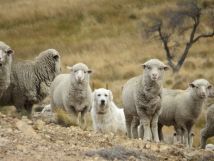
«It is a wolf spider, which is a running species. They are abundant in semi-desert areas where there are loose, sandy soils, because they usually cover themselves (bury themselves) to avoid being discovered by their prey. When an insect walks by, it jumps on it and catches it. They are on beaches or mountains. They are very quick to bury themselves, so it is not easy to see them, and they are shy, they will not try to show themselves. Its venom is powerful for its objectives, but there are no known cases of medical importance that have been reported due to stings to human beings,” Carbajal explained.
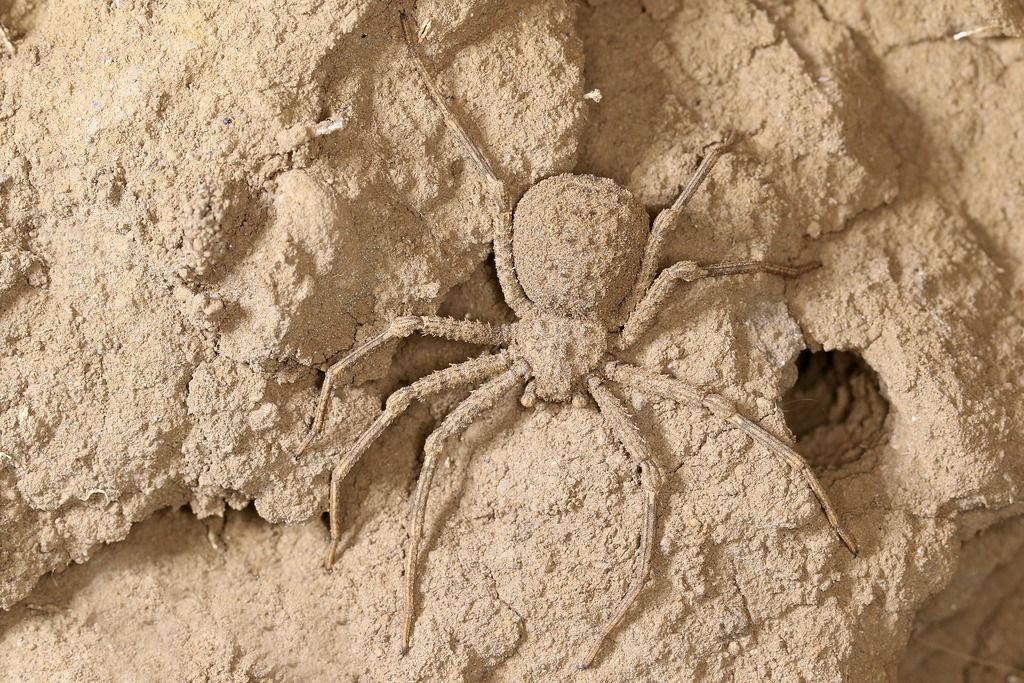
Finally, it cleared up doubts about the danger of those that we usually find in gardens or environments close to our homes. «None of the spiders that make round webs are dangerous to people» he pointed out. If so, we will have to get used to looking at them with less distrust…

